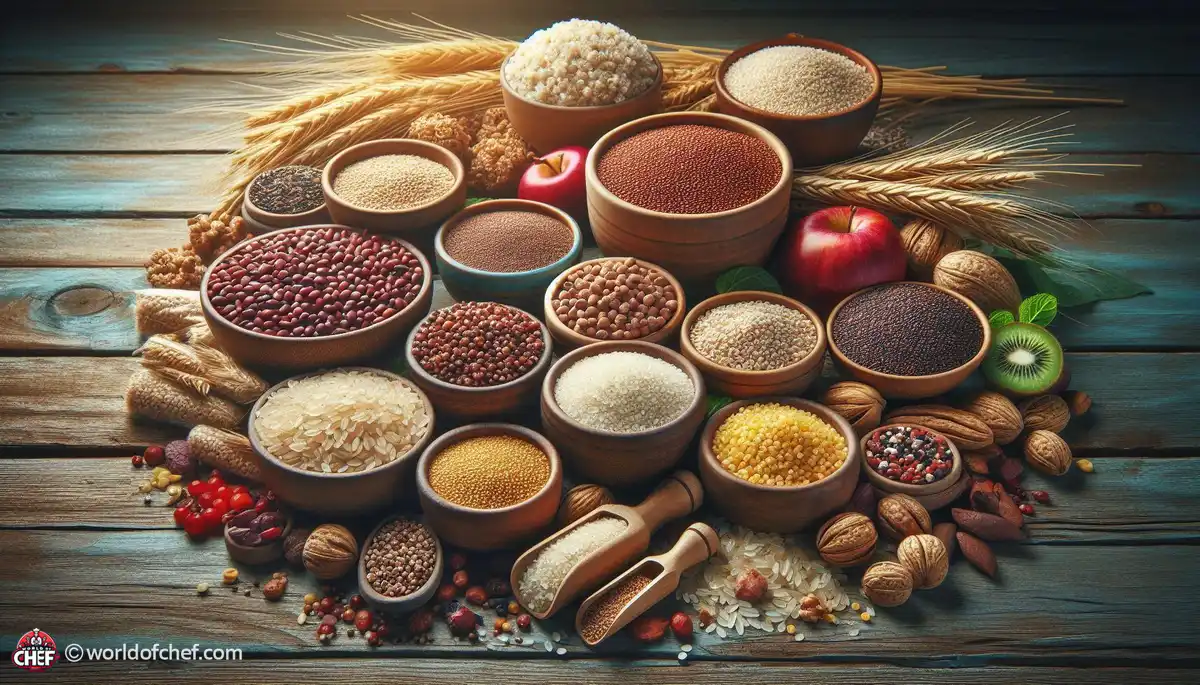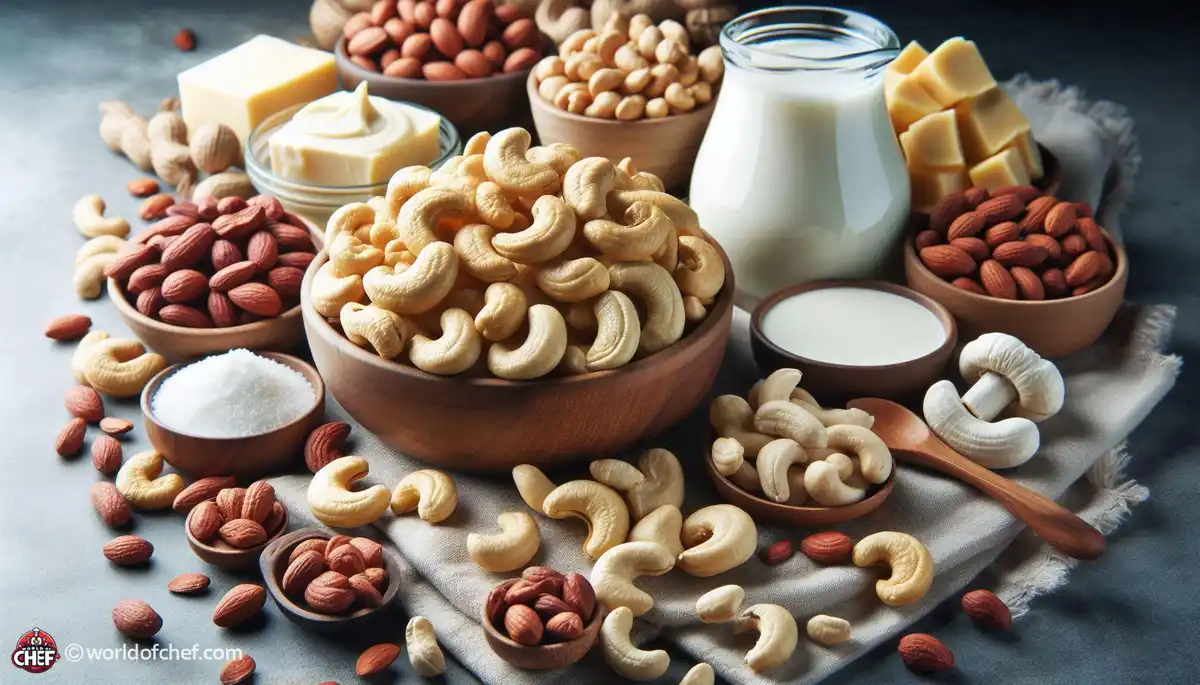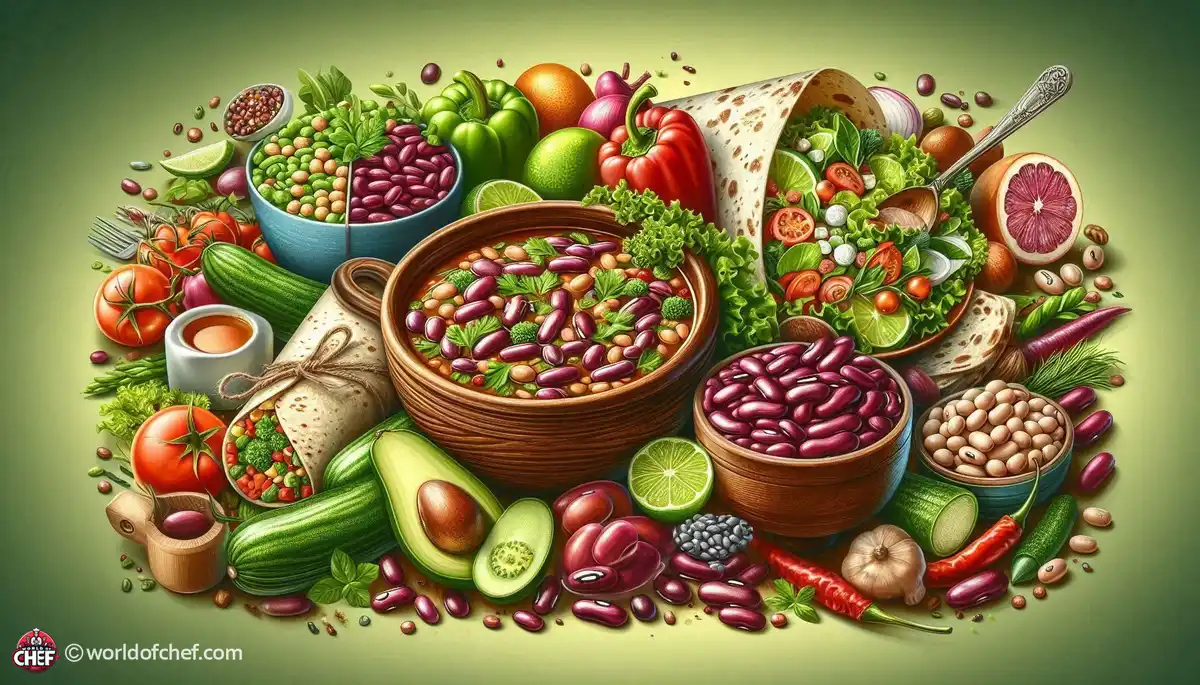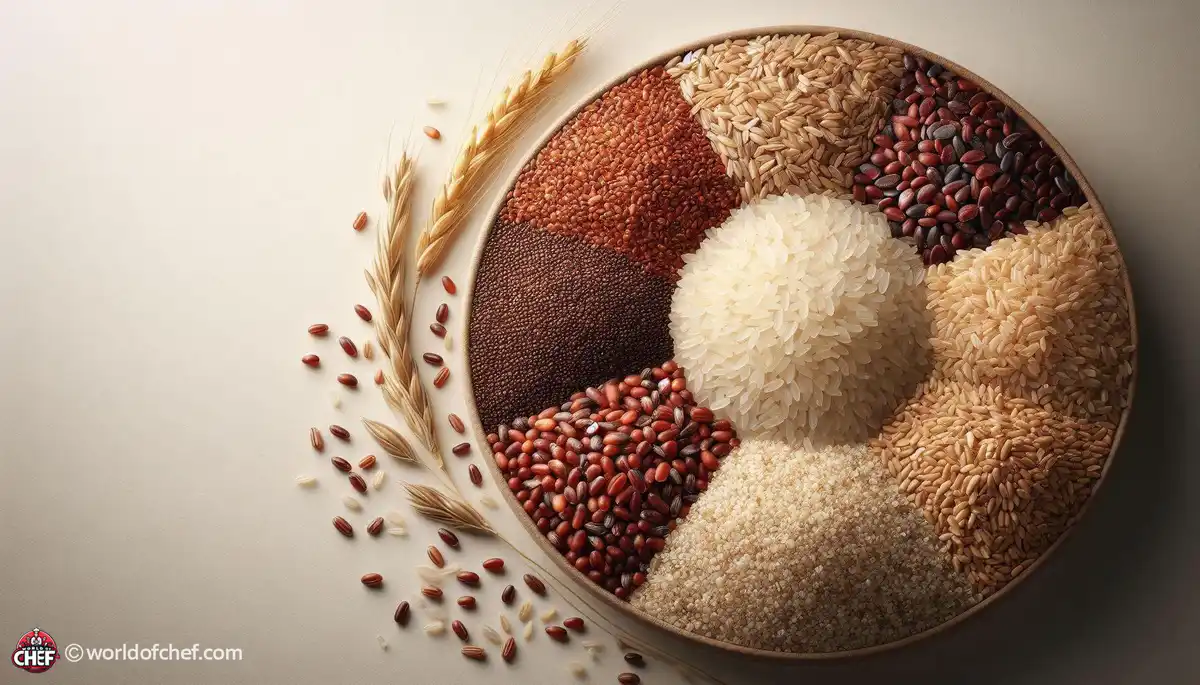
Unveiling the Power of Cruciferous Vegetables in Cancer Prevention
Eloise Jester - Mar 26, 2025 - 8 min read


Understanding Gluten-Free Whole Grains What are Whole Grains?
Whole grains are essential in the diet of an individual and bring with them a package of nutrients, including fiber, vitamins, and minerals. They are grains that carry all parts of the seed, including the bran, germ, and endosperm. These components contribute to their nutritional value and Health Benefits. Whole grains help in digestive health, minimize the risk of chronic diseases, such as heart disease and diabetes, and aid in weight management.
Gluten is a protein found in wheat, barley, and rye. In the case of those who suffer from celiac disease or gluten sensitivity, this is a problem. The demand for gluten-free products, including whole grains, is growing. Individuals who follow a gluten-free diet face much hardship when it comes to finding the appropriate whole grain that meets their dietary needs and provides them with nutrients.
Quinoa is another pseudo-grain that, in recent years, became popular for its versatility and nutritional composition. It is gluten-free by nature and rich in proteins, fiber, and various other vitamins and minerals. Salads, bowls, or as a substitute for white rice, quinoa takes on a nutty taste and fluffy texture. Moreover, its ability to stand out in sweet and savory dishes makes it a better choice among health-conscious consumers.
Another popular gluten-free whole grain is brown rice, which is consumed in most cuisines. The brown rice contains its bran and germ layers, which means that it contains a great amount of fiber, antioxidants, and other nutrients such as magnesium and phosphorus. It is easy to access brown rice and can be prepared as a pilaf, stir-fry, or as a side dish. It has a soft texture with a nutty taste that pairs well with various dishes, making brown rice one of the more preferred choices for gluten-free food preparation.
Amaranth, although not widely recognized as such, is indeed very nutrient-dense. Gluten-free and containing proteins, fiber, calcium, and iron, this small grain can be used to create porridges, baked goods, and as an additional thickening agent to soups and stews. Earthy flavored, it brings a layer of depth to a meal while providing nutritional benefit as a hidden gem in the gluten-free whole grain field.
There's an old grain called Sorghum, the mildest-flavored grain known with its gluten-free status and nutritional profile. Sorghum is highly equipped with antioxidants, fiber, and B vitamins and ensures its benefits for heart health as well as digestion. One of the most important attributes of sorghum is that it can easily bake gluten-free goods into delicious bread, muffins, and pancakes. Due to its resilience in any culinary application, in comparison to other grains, Sorghum is a valuable ingredient of gluten-free diets.
Being rich in all the natural goodness such as fat, proteins, vitamins - vitamin E - is another characteristic attribute of nut almond flour-a finely ground mass, which goes in a person's nutrition without giving his body loads of wheat content. People make them put a certain amount into cookies, in crust, as well in cakes that provides a really moist effect but with nuts. And a less carbohydrate also appeals the consumer who confines his diet towards Low-carb or keto regime.
Coconut flour is a flour derived from dried coconut meat, free from gluten, and has very low content of carbs. It provides fiber and healthy fats and increases the feeling of being full as well as takes care of digestive health. Adding this flour to any dish gives it a slight hint of coconut flavor and very well absorbs moisture, thus it makes the baked products very soft. It's perfectly used to bake gluten-free muffins, pancakes, and pie crusts with some tropical taste.
It starts with a healthy breakfast as you begin your day using gluten-free whole grains. You can make quinoa porridge with fruits and nuts, brown rice bowls topped with eggs and veggies for breakfast, or even use sorghum to create delicious pancakes topped with yogurt and berries. All of these breakfast ideas are filled with the nutrients you need, and they will sustain and energize you the entire morning.
Try to have quinoa salads with grilled chicken or tofu, amaranth pilafs with roasted vegetables, or sorghum stir-fries with shrimp or tofu for lunch or dinner. Adding gluten-free whole grains to your main meals gives your plate texture, flavor, and nutritional value. Combine them with lean proteins, healthy fats, and loads of vegetables for balanced and satisfying meals.
Some gluten-free whole grains, such as quinoa and amaranth, must be rinsed or soaked before cooking, which eliminates the bitter flavor and residue. They, therefore, become edible, and cooking becomes less taxing.
You can make flavors of gluten-free whole grains more appetizing by adding herbs, spices, citrus zests, or flavored oils during cooking. This not only heightens the taste of your food but makes your meals enjoyable and desirable.
It brings a whole new horizon of culinary possibilities to your table while providing nutrients within the body. Such complete grains include quinoa, and brown rice, and amaranth, with sorghum. Bringing differences in flavors and nutritional health benefits to your foods, create such recipes together with these grains to keep your gluten-free diet running efficient and delicious.

Eloise Jester - Mar 26, 2025 - 8 min read

Wayne Tobar - Mar 23, 2025 - 6 min read

Harold Turcios - Mar 19, 2025 - 7 min read

Nevaeh Zeng - Mar 16, 2025 - 6 min read